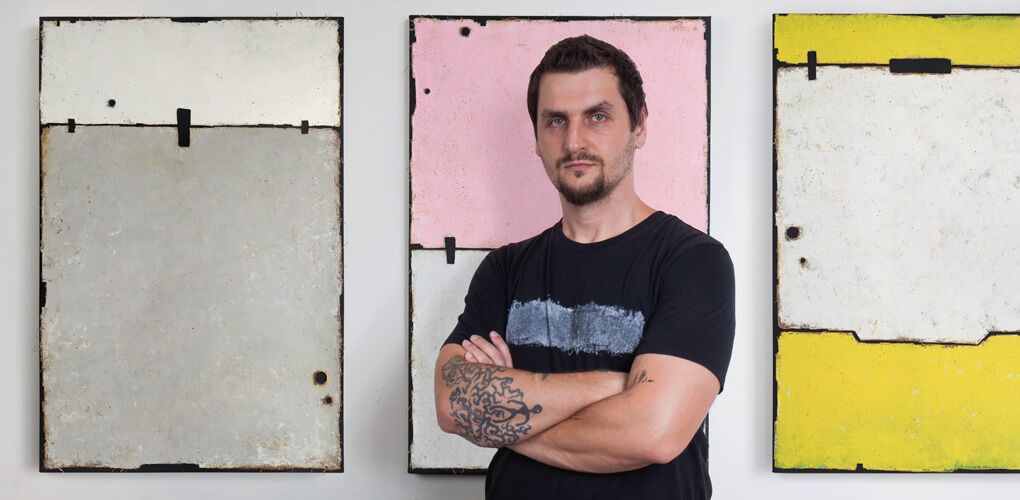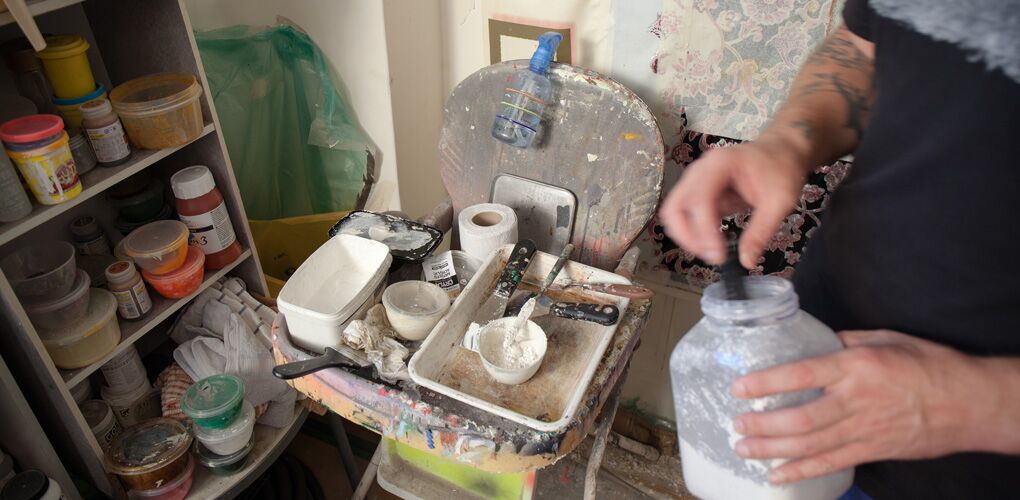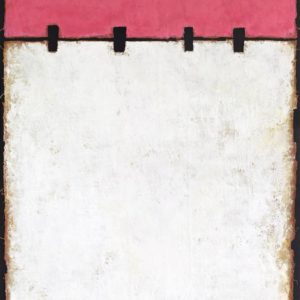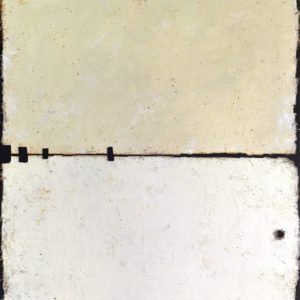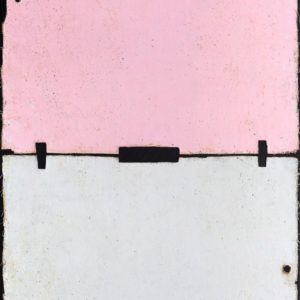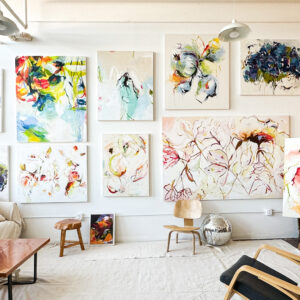Inside the Studio
 Daniil Alikov Breaks Down the Geometric Composition of the Urban Environment
Daniil Alikov Breaks Down the Geometric Composition of the Urban Environment
What are the major themes you pursue in your work?
Basically, my major theme is geometry of man-made objects, primarily concerning architecture and urban environments. I adore the amount of great geometric compositions I see everyday in the city. I consider all of it as an art form and I love to bring those impressions into my works.
I aim to work only with what I like and I think there are enough critics of reality and everything else to be another one of them. I just love when there is something beautiful without any imprinted material or political value inherent within it.
Sometimes people get stressed out of life in urban environments, but I believe it’s only because they can’t really appreciate the beauty of everything other people create with so much effort, hard work and inspiration. In my art I try to show how and why industrial geometry can be very pleasing to contemplate.
How did you first get interested in your medium, and what draws you to it specifically?
I’m attracted to my medium which is raw canvas and acrylics because it allows me to realize my current artistic goals. I get to it by a lot of experimenting with different media and techniques. Now I find it really satisfying to work with raw canvas which I cut to desired shape, paint it and apply heavy acrylic paste on top with a palette knife. Then I glue it to stretched canvas painted black. I like how it turns out and until I don’t I will use it.
How has your style and practice changed over the years?
As I mentioned before I do experiment all the time so my style is always in the live state. I wouldn’t say it changes but maybe, it gets more mature and confident. Since I love how it looks I don’t see a solid reason to dramatically change my style.
Can you walk us through your process? Do you begin with a sketch, or do you just jump in? How long do you spend on one work? How do you know when it is finished?
Almost always I start from sketch, and I also work digitally. There are many steps between a sketch and the final painting. It includes stretching canvas, printing stencils, cutting, gluing, painting and gluing again. Usually for one work, depending on its size, it can take from three days to one week.
How do I know when a painting is finished? Well, there is a great amount of accident in my painting process and sometimes I can think there is still a lot to do but in the next five minutes I see that work is almost done. I’m just looking and looking on the surface and texture, I’m travelling across the painting with my sight and if something bothers my eye I try to do something with it. Then suddenly when I step back and look again I see that the work is complete. There is just nothing to touch anymore and I immediately know, it’s done.
What was the best advice given to you as an artist?
“Do not fear anything. Who has fear, cannot be an artist”. That was the best advice I heard somewhere and so many times I made sure to live this truth.
If you could only have one piece of art in your life, what would it be?
“Le Gros”, 1961 by Franz Kline. Sometimes I feel jealous that I wasn’t the one who painted it, but then I feel so happy that it exists and I can see it and admire it.
